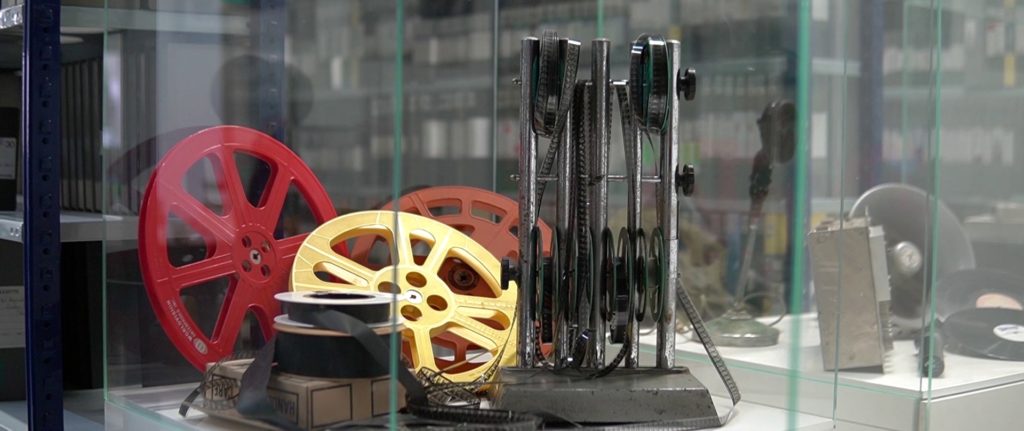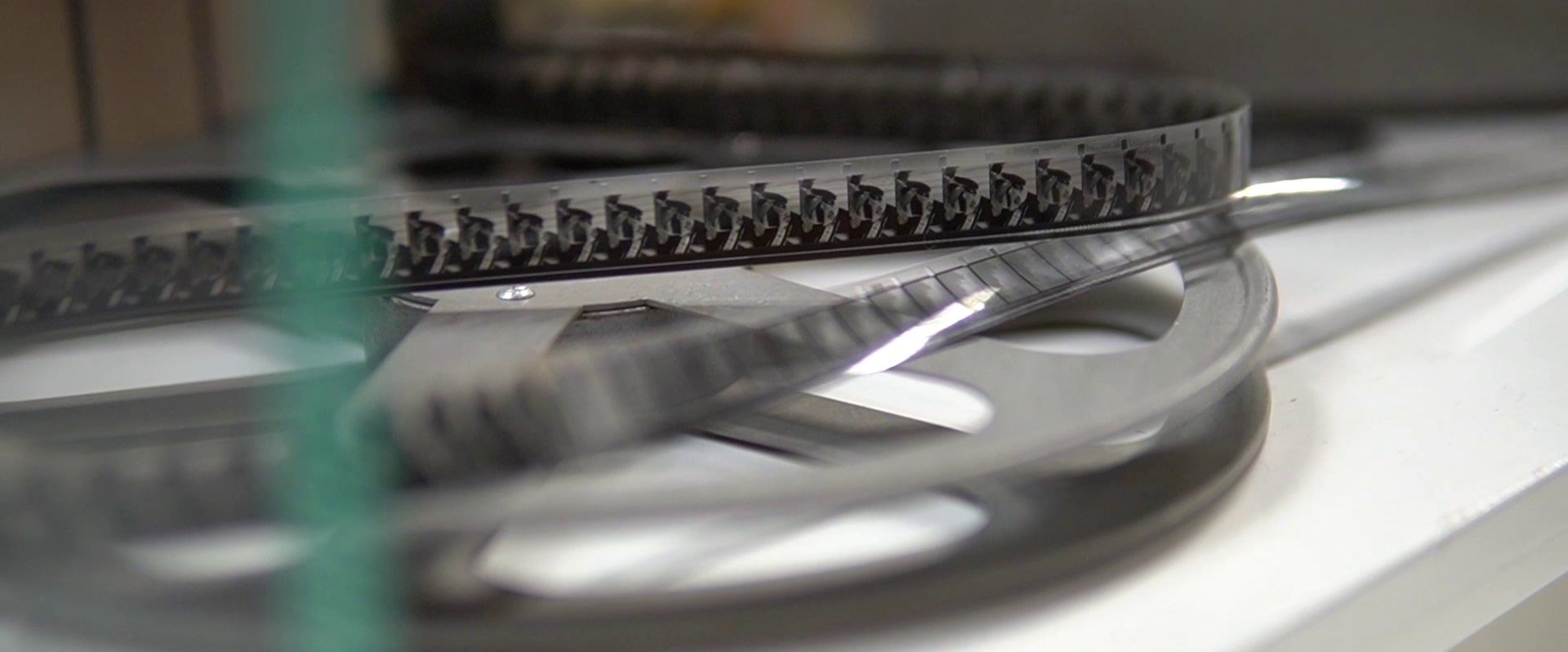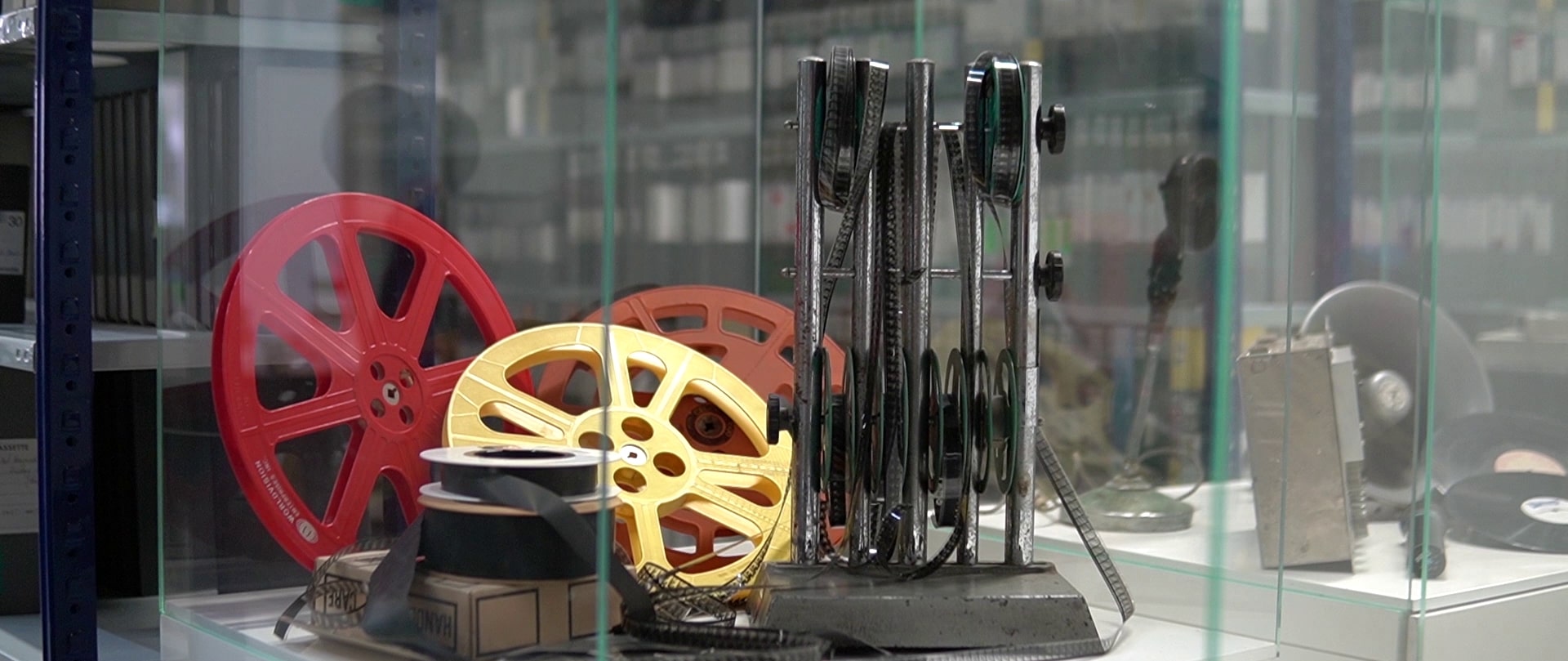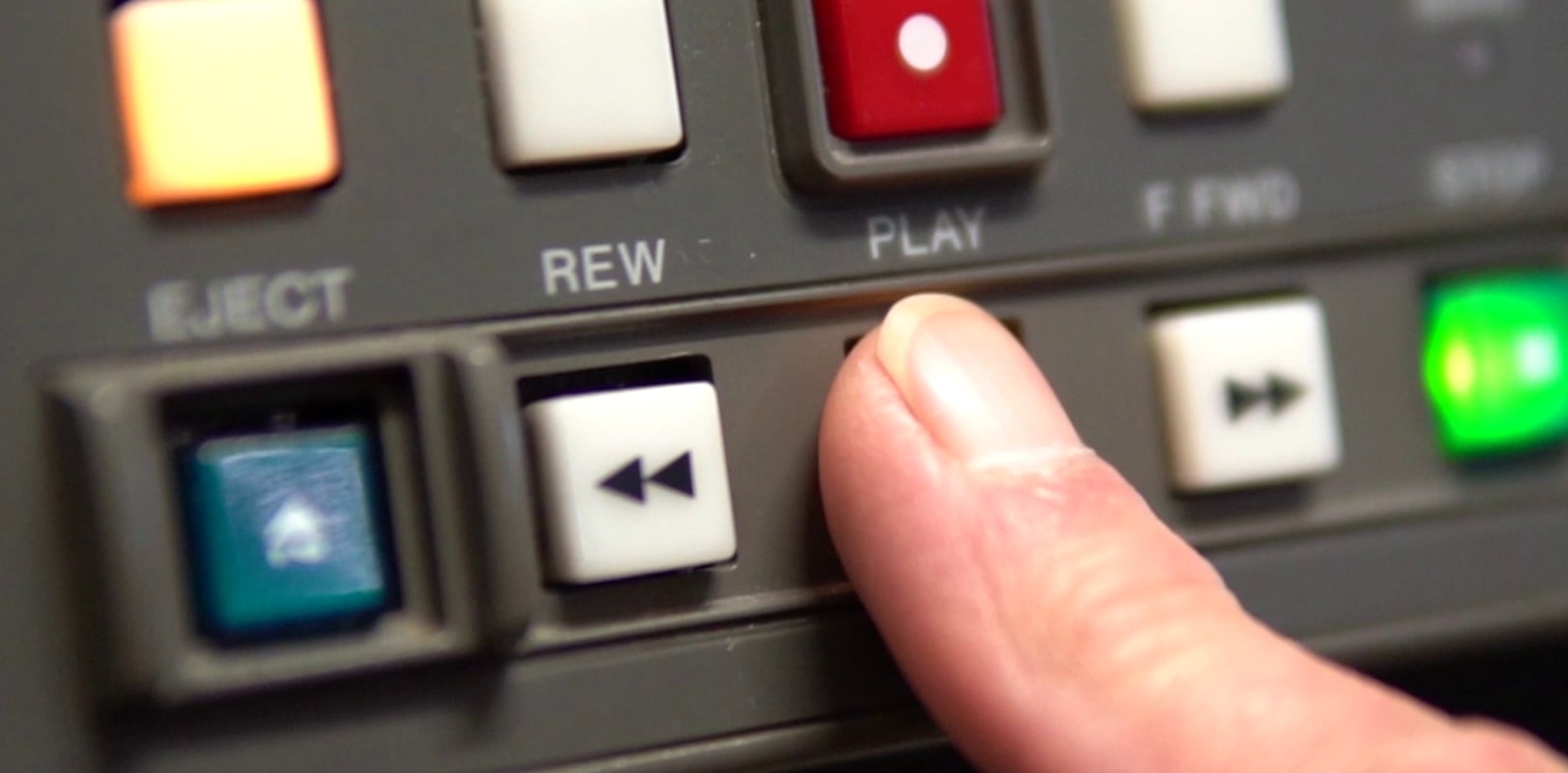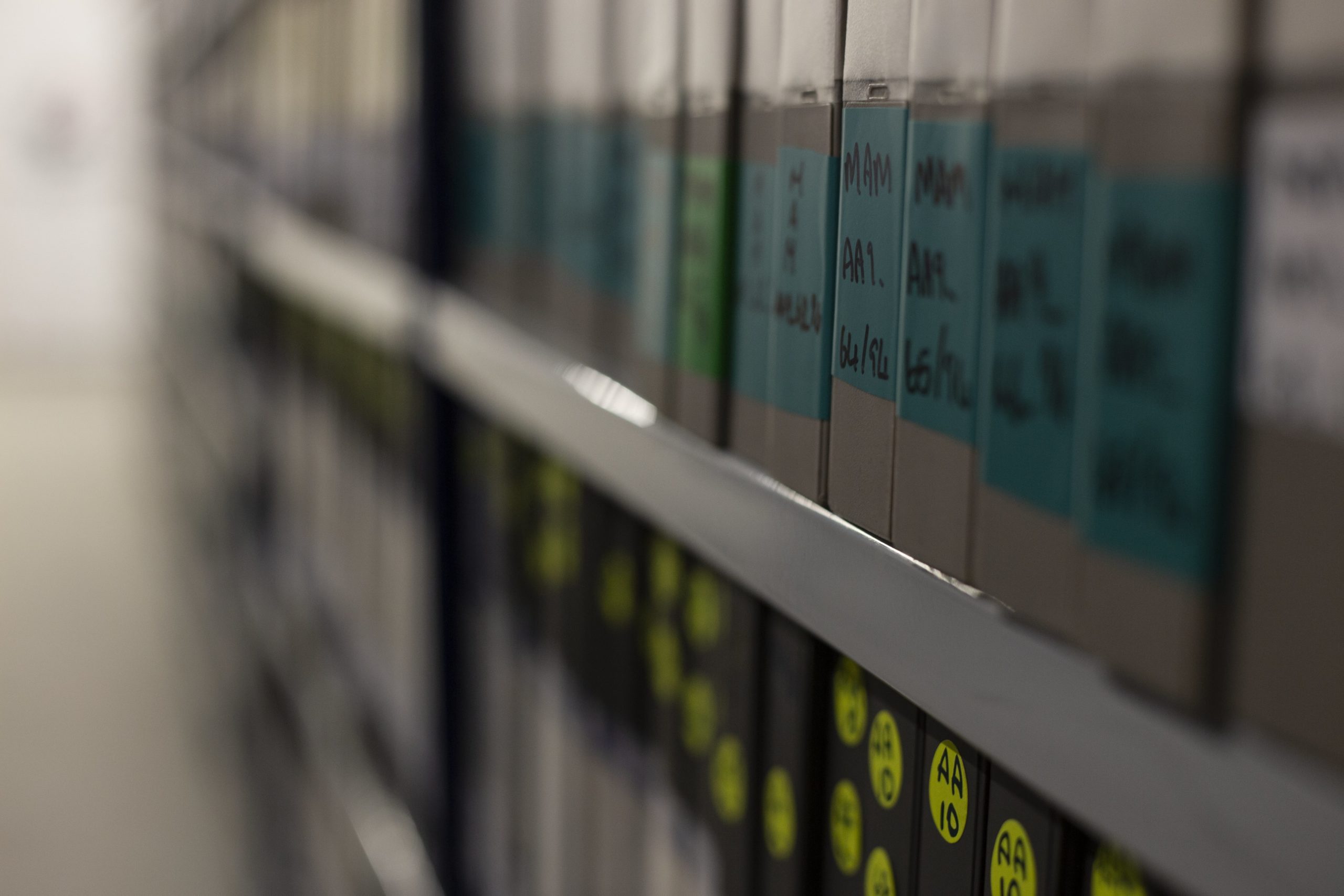Walking into a film archive for the first time may be an intimidating experience for some people. The first thing you’ll notice is the rows of boxes, containing old reels and tapes, which stretch along neverending shelves reaching from floor to ceiling. You may see the odd antiquity lying around: an ancient cine-camera or editing tools from back when film stock used to be physically cut with a blade.
There’s a lot more than meets the eye, however, and we hope the following list of facts about the PBS archives will help readers to learn more about this department within the national broadcaster of Malta.
1. Over 24,000 hours of footage will be digitised by 2021
More precisely: 21,800 hours of footage will be digitised at the PBS archives by MAVM professionals and another 2,400 hours will be processed at a specialised facility. For a grand total of 24,200 hours.
2. The oldest video that has been digitised dates to c. 1917
This is footage showing the statue of Christ the King in Floriana, about three years after its unveiling during the International Eucharistic Congress held in Malta. The footage is part of a private collection that was donated to the archives by its creator.
3. The archives have a collection of vintage AV equipment
Visitors at the PBS Creativity Hub can see various audiovisual recording equipment exhibited around the facility that was used by broadcasting employees in the past. In the archives department, one may see examples of a telecine, film splicer, and a flatbed editor.
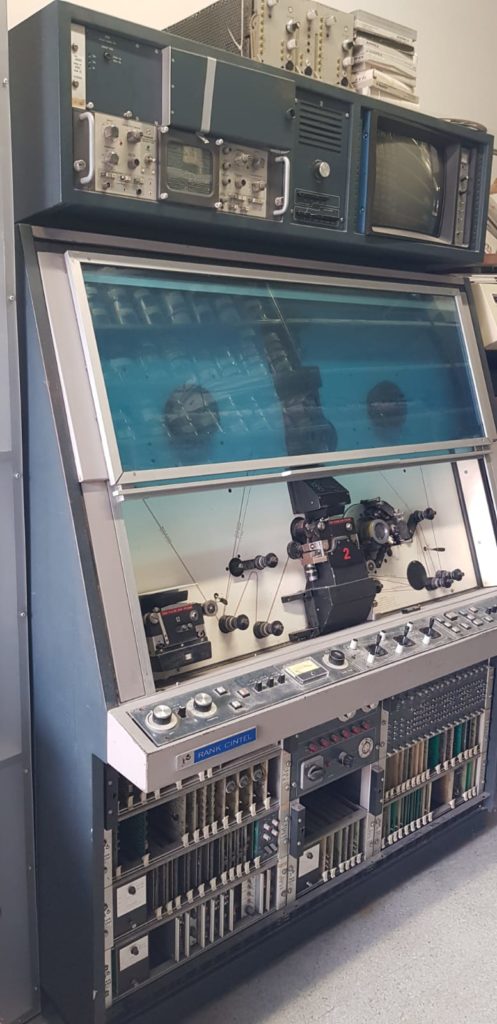
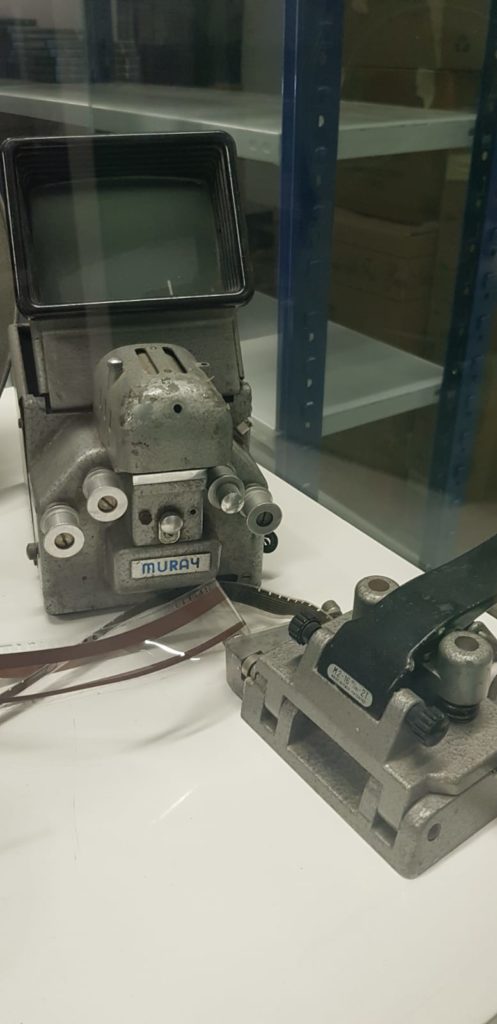
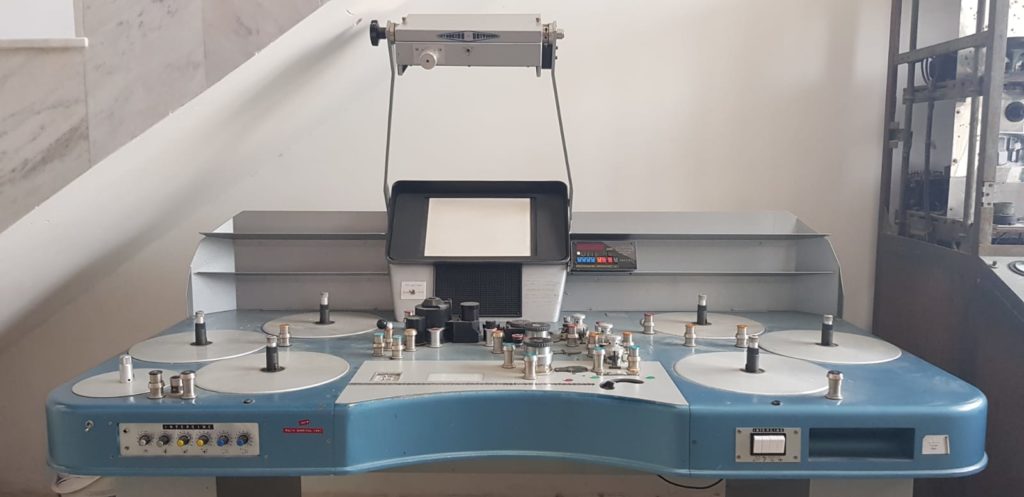
4. The archives regularly assist journalists working at the station
The archives conduct searches to find footage that may be used in news features, documentaries, and other programmes. The team also assists researchers, including academics and students, with finding clips connected to their area of research, as well as handles requests from NGOs and individuals.
5. You’ve probably seen content by the PBS archives on TV
Many Maltese viewers are familiar with seeing the MAVM logo on clips of old footage during TV programmes, but the archives have also been involved in the production of entire educational series, including Mill-Arkviji and Teżori. The team is presently working on a new set of documentaries featuring never-seen-before footage of historical figures and events.
Malta Audio Visual Memories is a project which is currently underway within the PBS archives. The MAVM team is carefully sifting through the physical media stored there, re-organising it, and digitising old footage to present it to a wider audience online and through markers which will be placed at various sites across Malta and Gozo.

